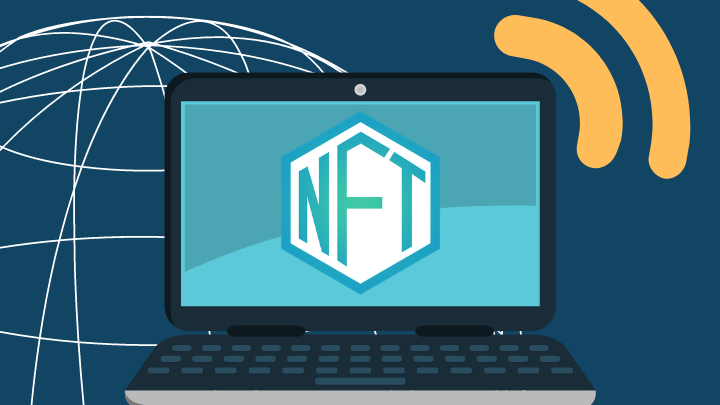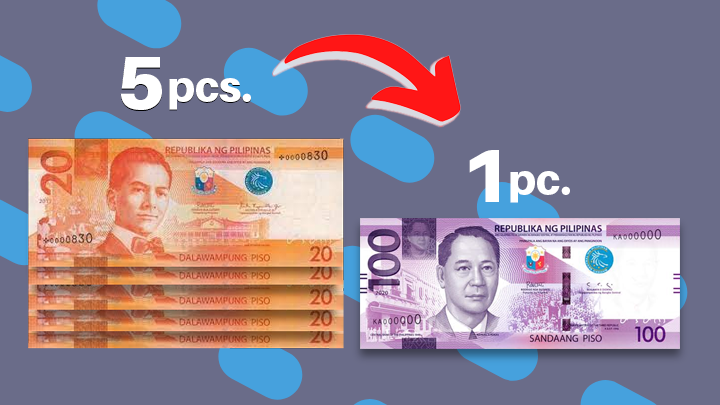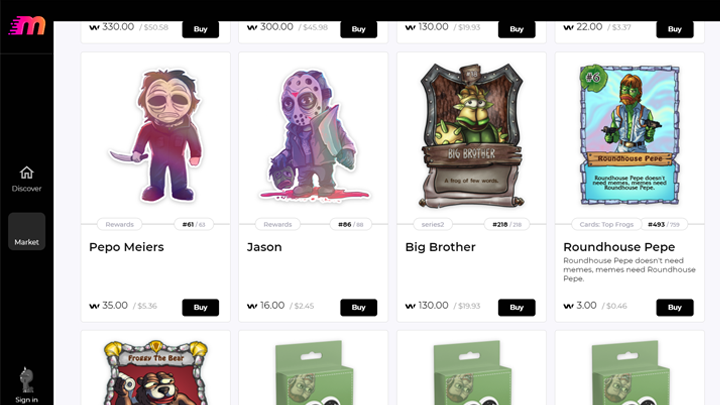The digital space and the internet are becoming more interesting. We now have cryptocurrency as a mode for online payment and transactions, and then lurking around the digital collector’s spectrum are the Non-Fungible Tokens or NFTs. Unlike cryptocurrencies, NFTs have unique values and assets allocated in them from certain people, like an expensive and ‘one-of-a-kind’ thumbprint—to put it simply. But what is it exactly? Find out as we delve deeper into what NFTs are.

What are Non-Fungible Tokens
The term fungible refers to the interchangeability of tokens with equal value, meaning that two parties can swap tokens without gaining or losing anything as long as it is of equal value—like exchanging five PHP 20USD 0.34INR 29EUR 0.32CNY 2 for one PHP 100USD 2INR 144EUR 2CNY 12 bill. For this case, non-fungible refers to a token that cannot be replaced, divided, or merged. NFTs were created to represent ownership over digital or physical assets in a wide range of unique tangible and intangible items—ranging from collectible Pokemon cards to virtual real estate or even paintings.

The majority of NFT tokens were built using Ethereum token standard ERC-721, proposed by Dieter Shirley. The standard was designed to create interchangeable tokens that are unique and non-expendable. In addition, the objective is to develop unique tokens whose values are given by their rarity—the rarer it is, the more expensive, which is more appealing to collectors in the digital market.

Image from cryptokitties
The first application based on NFTs dates back to 2017 from the virtual online game called CryptoKitties. The game took up more than 70% of the transaction capacity of the Etherum network, and ownership of a cat was sold for over USD 100,000PHP 5,868,550INR 8,474,980EUR 95,230CNY 727,830—absolutely insane. From there, similar digital collectibles like virtual cards or unique art have been created. Note that NFTs can facilitate the tokenization of real-world assets like software licenses, luxury goods, and even cars.
Importance of NFTs
NFTs popularity has been gaining momentum lately towards the crypto users and company demographic; since November 2017, a total of USD 174PHP 10,211INR 14,746EUR 166CNY 1,266 million was spent on NFTs, according to coindesk. The main benefit of owning a digital collectible is because each NFT contains distinguishing information—no one NFT is the same as the other, hence making the circulation of fake collectibles pointless.

The Token is also verifiable. Storing ownership on the blockchain allows digital items to be easily traced back to the original creator without the need for third-party verification. Since NFT data is stored on the blockchain via smart contracts, each token cannot be destroyed and removed. Ownership of these tokens is immutable, which means gamers and collectors are in actual possession of their NFTs and not the companies that created them.
How do NFTs work?
Most NFTs are part of the Ethereum blockchain. Like Dogecoin or Bitcoin, Blockchain technology is a structure that stores transaction records. It uses cryptography to chain blocks into a list of records. The transaction records of a chain of blocks are then stored in a structure called a Merkle tree.
But how do NFTs actually circulate? Well, artists, for example, can directly sell their art to consumers as an NFT without going through auction houses or galleries. Certain royalties can then be sorted, so the artists can receive a percentage of sales whenever their art is sold again and again.
just setting up my twttr
— jack (@jack) March 21, 2006
It is honestly weird how much money people would spend for certain things, just like how Twitter’s founder Jack Dorsey promoted his NFT of the first-ever tweet for USD 2.5PHP 147INR 212EUR 2CNY 18 million or how the animated GIF of Nyan Cat can go for USD 500,000PHP 29,342,750INR 42,374,900EUR 476,150CNY 3,639,150—crazy, but I love it.
Where can I buy NFTs?
If you want to take a shot at buying NFTs, you must have your own digital wallet to store said NFTs and cryptocurrencies. In terms of what kind of cryptocurrency will depend on who you are buying the NFT from. There are several NFT Marketplaces you can choose from, such as opensea.io, Foundation, and Myth Market. So if you are looking for a unique item you want to keep, like a Pepe Trading card, something I would get honestly, check out these markets.

And there you have it; feel free to share your thoughts on this in the comments below.
Source: NFTs in Practice, coindesk, Forbes

YugaTech.com is the largest and longest-running technology site in the Philippines. Originally established in October 2002, the site was transformed into a full-fledged technology platform in 2005.
How to transfer, withdraw money from PayPal to GCash
Prices of Starlink satellite in the Philippines
Install Google GBox to Huawei smartphones
Pag-IBIG MP2 online application
How to check PhilHealth contributions online
How to find your SIM card serial number
Globe, PLDT, Converge, Sky: Unli fiber internet plans compared
10 biggest games in the Google Play Store
LTO periodic medical exam for 10-year licenses
Netflix codes to unlock hidden TV shows, movies
Apple, Asus, Cherry Mobile, Huawei, LG, Nokia, Oppo, Samsung, Sony, Vivo, Xiaomi, Lenovo, Infinix Mobile, Pocophone, Honor, iPhone, OnePlus, Tecno, Realme, HTC, Gionee, Kata, IQ00, Redmi, Razer, CloudFone, Motorola, Panasonic, TCL, Wiko
Best Android smartphones between PHP 20,000 - 25,000
Smartphones under PHP 10,000 in the Philippines
Smartphones under PHP 12K Philippines
Best smartphones for kids under PHP 7,000
Smartphones under PHP 15,000 in the Philippines
Best Android smartphones between PHP 15,000 - 20,000
Smartphones under PHP 20,000 in the Philippines
Most affordable 5G phones in the Philippines under PHP 20K
5G smartphones in the Philippines under PHP 16K
Smartphone pricelist Philippines 2024
Smartphone pricelist Philippines 2023
Smartphone pricelist Philippines 2022
Smartphone pricelist Philippines 2021
Smartphone pricelist Philippines 2020